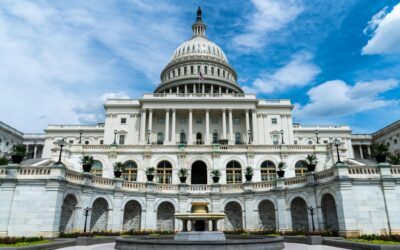Electronic vehicles (EVs) are still all the rage. Government leaders definitely like them and want them…but there is a capacity problem. Of the 250-260 million vehicles on U.S. roads last year, only about 540,000 of those were EVs. And of the 17.6 million cars produced last year, only 134,000 were electric.
The slow evolution of EVs in the U.S. is not from lack of interest – but from lack of infrastructure.
Morgan Stanley predicts there will be 526 million of these “charge-and-go” vehicles on U.S. roads by 2040 and 1 billion by 2050. But, the firm says it may take $2.7 trillion to bridge the gap between electric vehicles and the infrastructure required…the charging stations. Industry experts say it will take both private and public funding and collaborative efforts and funding to make EV infrastructure a reality.
The electric car market jumped 30 percent last year and similar data is expected this year. California is the largest market for EVs in the United States, followed by Georgia, Washington, Florida and Texas. The top five states with the fastest EV growth are Utah, Nevada, North Carolina, Colorado and Kansas.
Increasing the number of network charging stations is critical. Earlier this month, governors of seven states decided to take on the EV challenge as a collaborative group. Governors of these states, where 20,000 EVs and plug-in hybrids are already on the roads, signed a memorandum of understanding (MOU) that is expected to result in the creation of a regional EV plan for the West.

Seeking to reduce emissions at the John F. Kennedy International Airport, the Port Authority of New York and New Jersey entered into a public-private partnership with a commercial air carrier and the New York Power Authority. A $4 million federal grant to the Port Authority will be used to install 38 EV charging stations at the airport terminal. The charging stations will allow the air carrier to use 116 electrical baggage tug and belt loader vehicles and the grant will pay for 75 percent of the $5.3 million project.
New technology has allowed locating vehicle charging stations in all types of places. In Los Angeles, the Bureau of Street Lighting is studying a plan that may allow electric vehicles just to stop beside street lights and plug into a charging port. Some of the new smart streetlights feature a “smart node” that not only allows recharging for cell phones, but also includes electric vehicle charging capabilities. Watch that technology because it should catch on quickly.
Electric vehicles may truly revolutionize the nation’s efforts to reduce emissions, promote energy efficiency, support green technology and lead to a cleaner environment. The missing link to making all of it happening is the infrastructure to provide convenient recharging access.
SPI’s e-newsletters are an excellent source of government contracting opportunities. Sign up today to ensure you never miss out!






